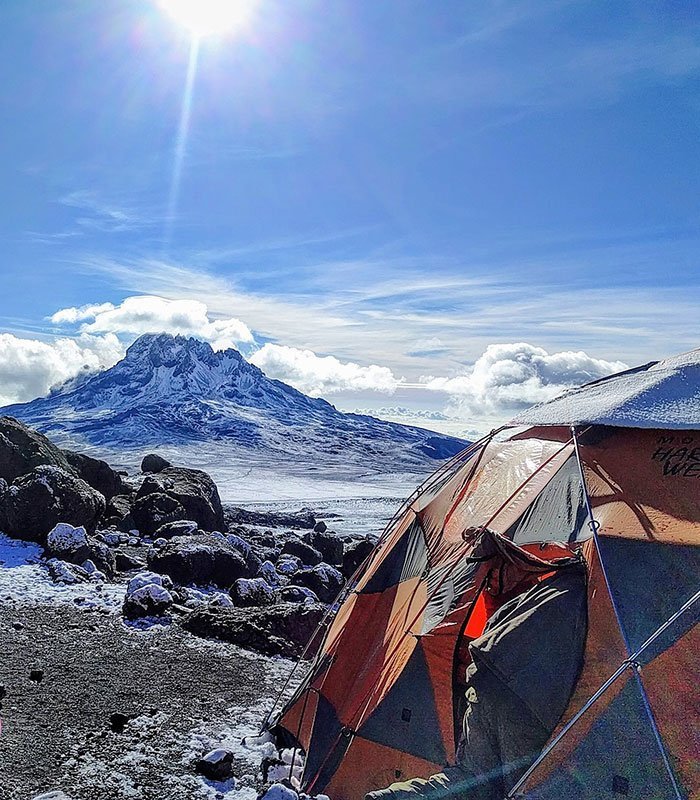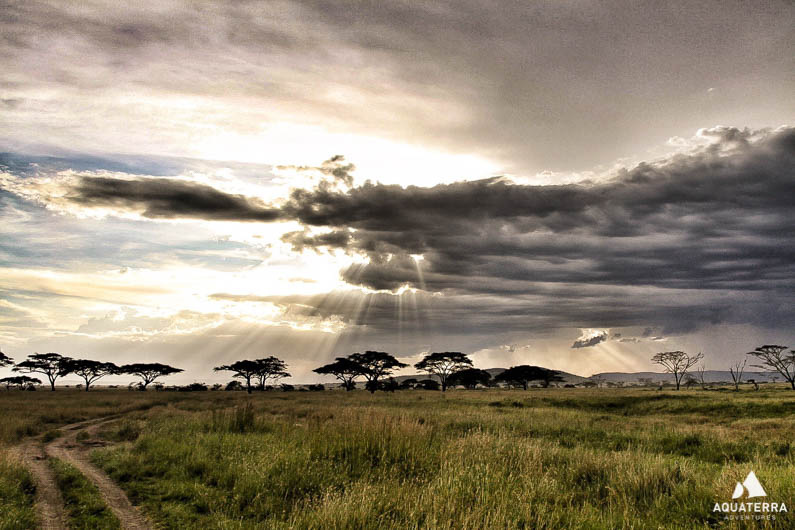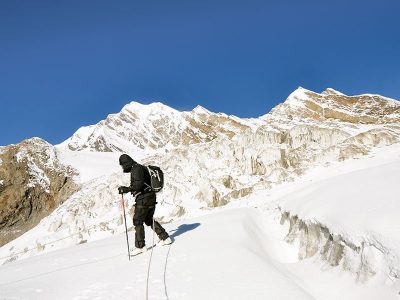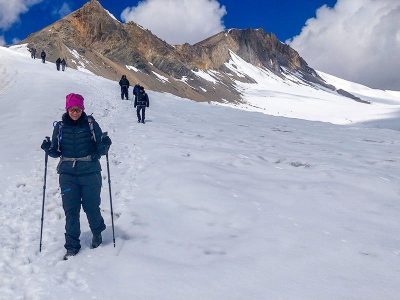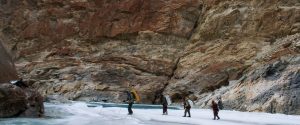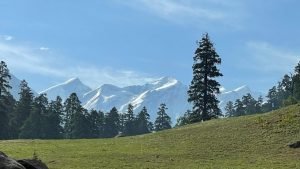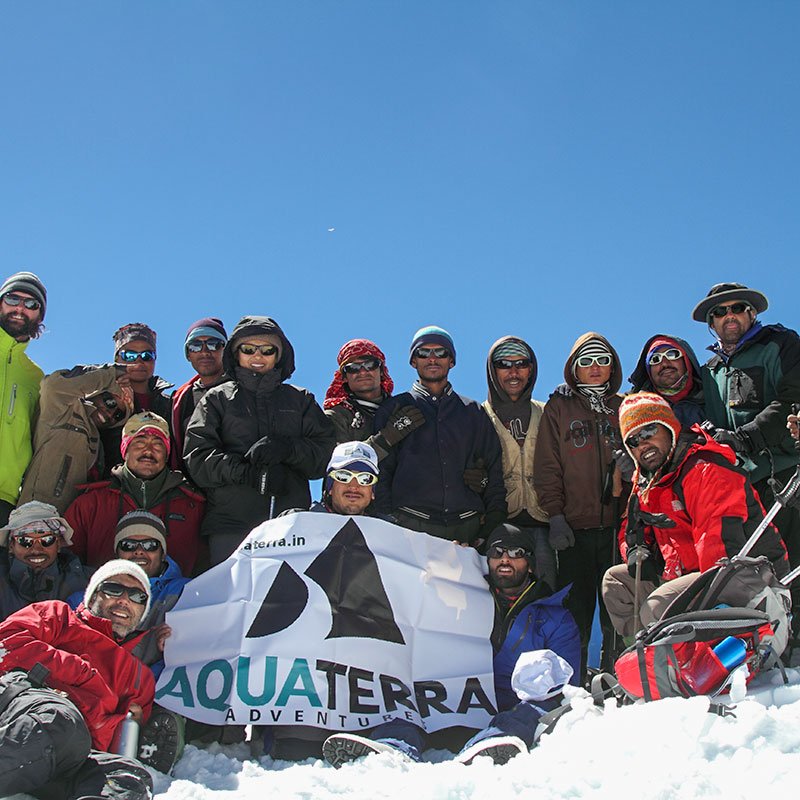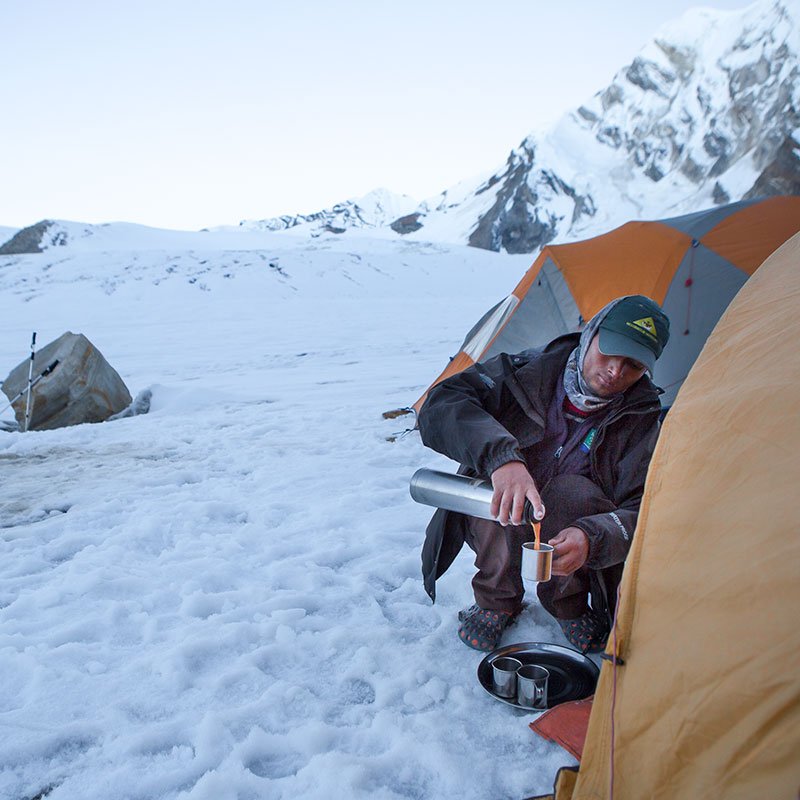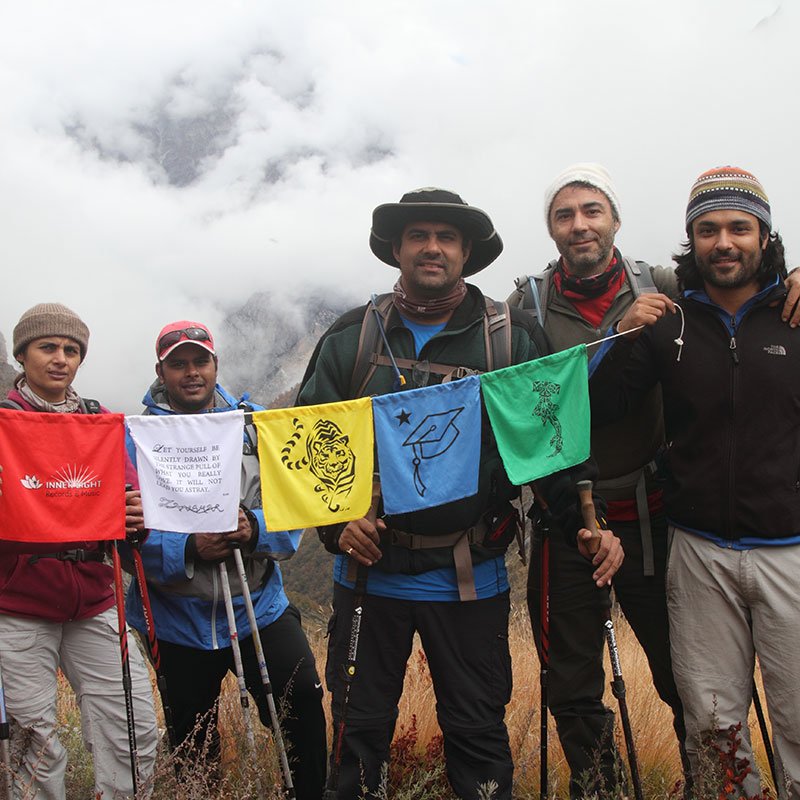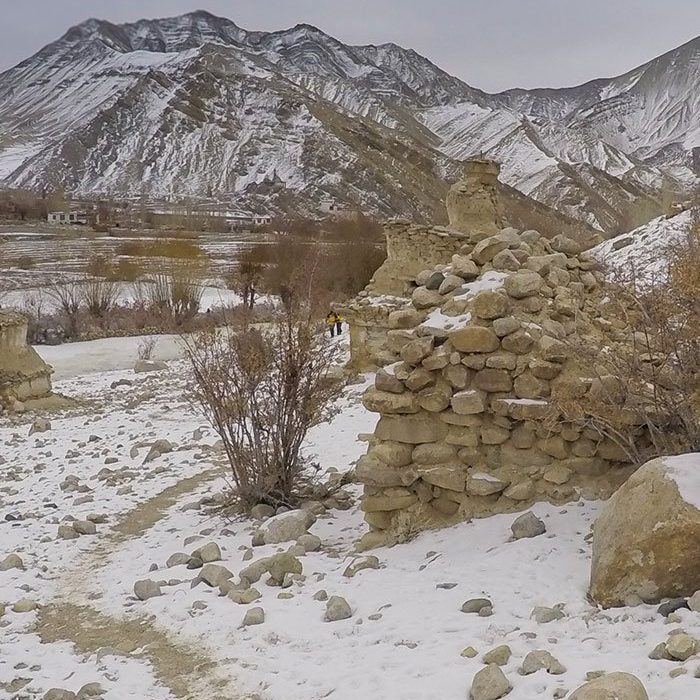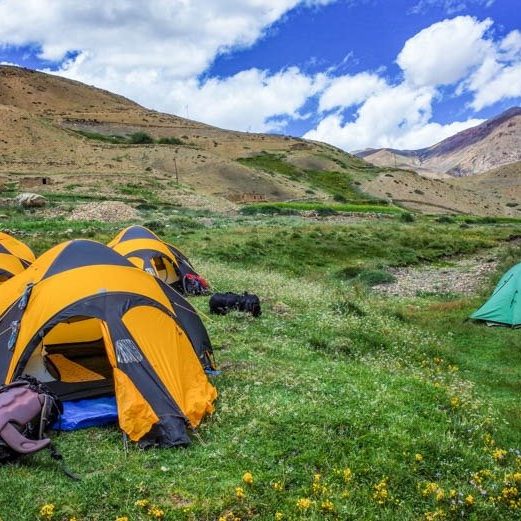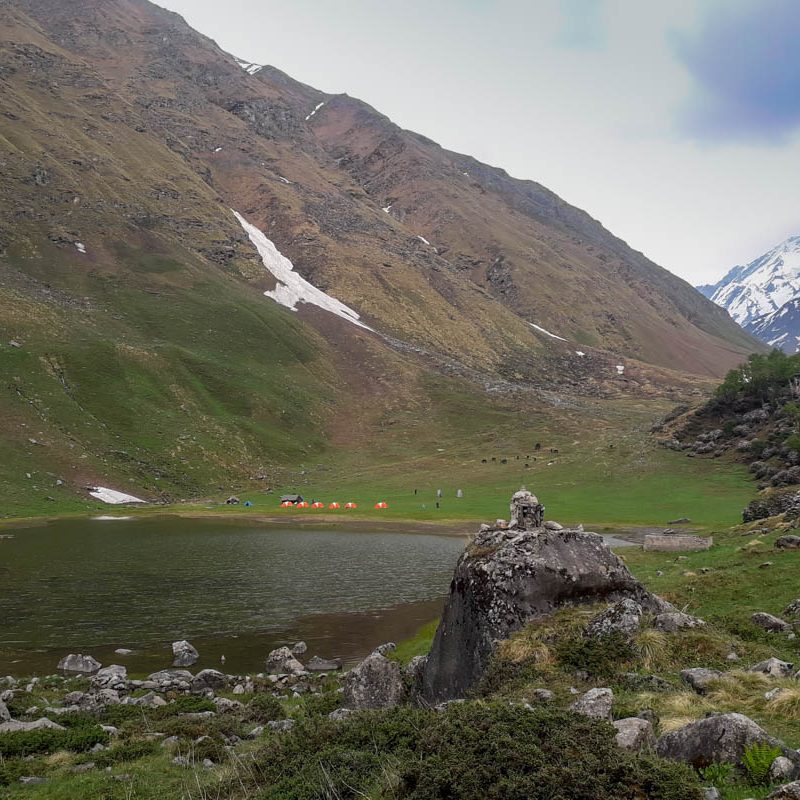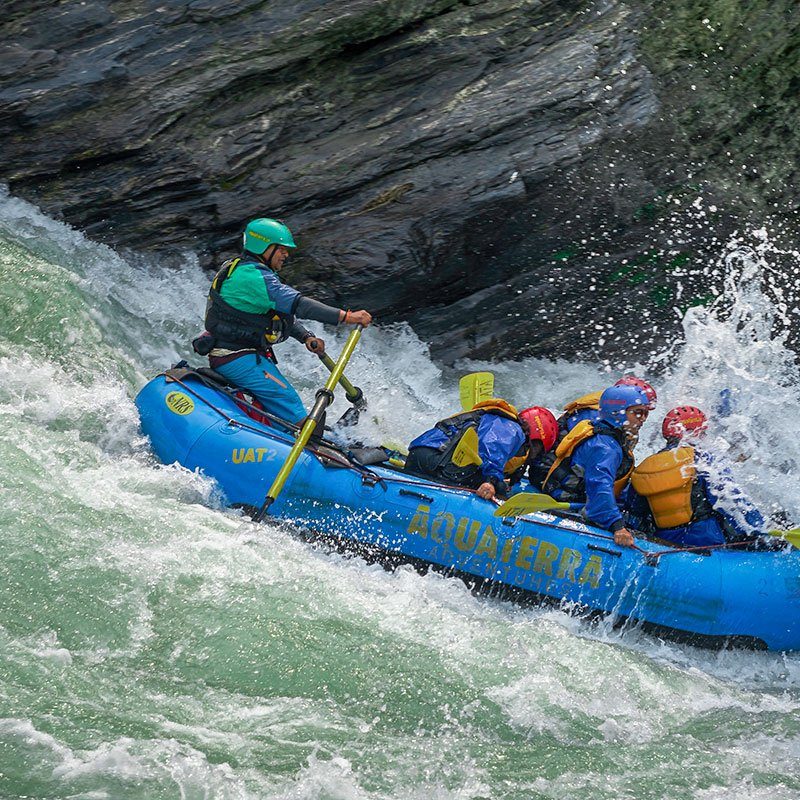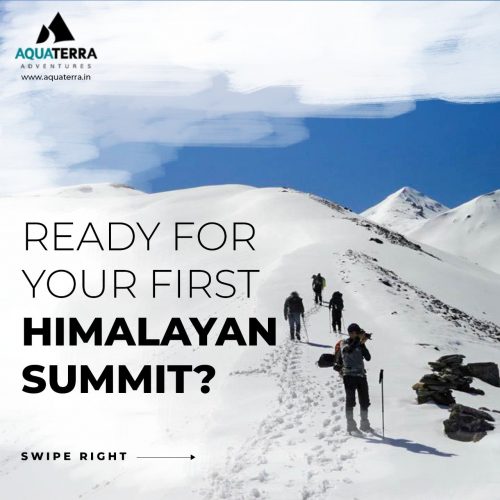
Mount Kilimanjaro is situated in the Northern part of Tanzania, in Kilimanjaro National Park. It covers an area of 100 kilometers long and 65 kilometers wide.The mountain is a dormant volcano which is comprised of three volcanic cones, Shira, Kibo (on which Uhuru summit stands) and Mawenzi.Kibo is classified as dormant but not extinct. The last major eruption from Kibo occurred 360,000 years ago. The last volcanic activity happened 200 years ago and resulted in today’s ash pit (visible from Uhuru Peak). Mount Kilimanjaro is the highest mountain in Africa and the highest free standing mountain in the world. By free-standing, or non-massif, we mean it is not part of a mountain range.
The summit on Mount Kilimanjaro is called Uhuru Peak and stands at 5,895m or 19,341 feet. To put this in perspective, Mount Everest, stands at 8,848 meters (29,029 feet) – just over 2,950 meters higher.But here’s an interesting Kilimanjaro Fact: Both Everest Base Camp – South and North – are below the summit of Kilimanjaro; however, most climbers take upwards of 8-10 days to reach EBC.On Kilimanjaro trekkers on fast routes reach the summit within 4-5 days. The rapid ascent of Mount Kilimanjaro makes it a difficult and rather dangerous mountain to hike due to the risks of Altitude Sickness.
Why the Remote Northern Route: This is a longer, more remote route on Kilimanjaro, with fine panoramas northwards to Mount Kenya. Enjoy captivating views on Africa’s highest mountain. This trek allows for optimum acclimatisation time for the summit itself – become one of a handful of travellers to experience Kilimanjaro Northern Circuit’s scenery and serenity. As the highest mountain in Africa, Mount Kilimanjaro makes up one of the Seven Summits (i.e. highest mountains on each of the seven continents). The Northern Circuit is longer than the other trails on Kilimanjaro making it a nine day trek. The additional time on the mountain means that success rates for Northern Circuit trekkers are relatively high. The eight day trek skips the additional acclimatization day that is usually spent at Shira Camp 2 and continues straight on to Moir Camp, via Lava Tower. The itinerary we follow below is for a nine day trek, using the Mweka Route for descent.This less-visited northern route provides opportunity for a truly remarkable adventure to the top of Kilimanjaro.
Approx. 35,000 people attempt to climb Kilimanjaro every year. The chances of reaching the summit of Kilimanjaro is highly dependent on the number of days taken to trek the mountain.The more days, the higher the probability of success as your body has more time to adapt and acclimatize.Here are the success rate figures as published by the Kilimanjaro National Park. These numbers are admittedly quite old and success rates are most likely higher as route configurations have improved and the number of people taking 5 day treks has plateaued.
• All climbers, all routes 45%
• All climbers, all 5 day routes 27%
• All climbers, all 6 day routes 44%
• All climbers, all 7 days routes 64%
• All climbers, all 8 day routes 85%


